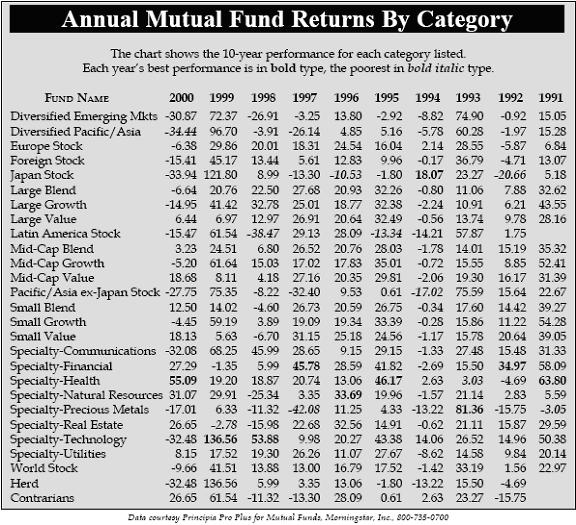A federal advisory panel has concluded that the stock market is the deus ex machina that can rescue Social Security from the tribe of Baby Boomers who otherwise will consume it in the coming decades.
The report of the Advisory Council on Social Security reached no consensus on exactly how the national retirement plan should be revamped to include stocks in its investment holdings. Expect to see the usual battle lines when Congress finally picks up this very hot political potato: Today’s retirees vs. tomorrow’s, the better-off for whom Social Security represents merely a supplement vs. the lower-paid who count on it for their basic retirement income.
News of the proposal brought smiles to Wall Street despite the dim prospects for quick action. Brokers and money managers can at least dream of the fees they might earn from an influx of Social Security cash. But should the average investor, already a touch acrophobic at the stock market’s recent lofty levels, view Social Security as a fresh source of helium that can take the balloon to new heights?
Probably not. Granted, if Congress throws open the floodgates for Social Security money to suddenly pour into the stock market, the resulting wave could lift prices temporarily. But the thinking here is that any such boost would not last long, and could even be followed by a significant pullback in prices.
Optimists argue that changing Social Security would increase the demand for stocks, thus pushing up prices. The problem with this reasoning is that investors do not really buy “stocks.” They buy income and cash flow, which are merely represented by stock. If all investors want is “stock” we can satisfy unlimited demand by simply printing more of the stuff.
To have a long-term positive impact on stock prices, Social Security money would have to help companies generate more earnings, which would encourage investors to pay higher prices for stock. Can Social Security do this? It seems doubtful. Despite Americans’ low rate of savings, U.S. companies these days have ready access to capital on reasonably good terms. Not only are banks and other institutional lenders willing to cut generous deals for most enterprises, but the booming market has already made stock sales and stock-financed deals attractive. That is why 1996 was such a big year for mergers and acquisitions.
Conceivably, Social Security can help stock prices a bit merely by bidding down the rate of return that equity investors are willing to accept, which is to say, by bidding up the price of stock. This could only happen, however, if Social Security money is concentrated in the American market and other investors did not respond to the competition by shifting more of their portfolios overseas or into other investments such as bonds. But that shift would undoubtedly occur over time, so again Social Security’s benefit to the stock market seems short-lived.
Perhaps the most salutary effect of Social Security stock investing would occur if Social Security money can freely be invested in non-U.S. equities. While U.S. companies can feast at a banquet of capital sources, there are many parts of the world where capital is scarce and new ventures can be richly rewarded. This, however, is the arena where Congress is least likely to permit Social Security money to venture. The reasons range from very sound — the practical difficulties of finding and monitoring good investments in less developed economies — to purely protectionist.
How might Social Security money actually cause stock prices to fall? Suppose most participants do not use the retirement funds to increase their exposure to stocks. Suppose, instead, they simply shift other holdings into bonds or, worse, treat the Social Security change as a de facto tax cut that allows them to spend other money that they otherwise would have put into stocks?
The Federal Reserve might respond with higher interest rates to keep the increased spending from fueling inflation. Congress also might respond by raising Social Security taxes, figuring that if people are going to be irresponsible with their non-Social Security money then Social Security may need to be enhanced accordingly. Either of these steps could shoot the stock market in the foot. Together they could put it in a wheelchair for a long time.
For now both the disaster and windfall scenarios seem like distant prospects. The best course, as usual, is to stay the course and not count on Social Security to take any of the short-term risks out of feeding the bulls and bears.










